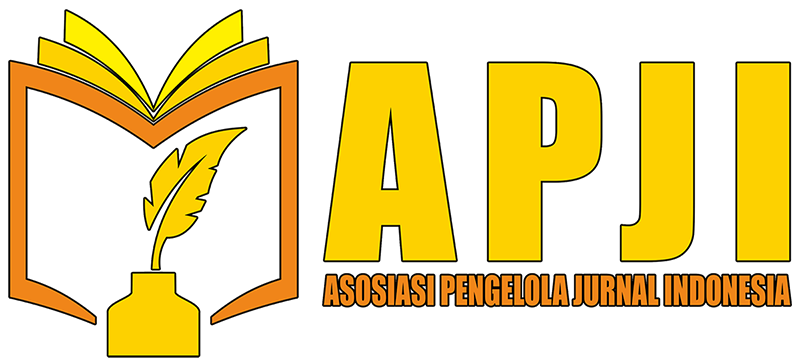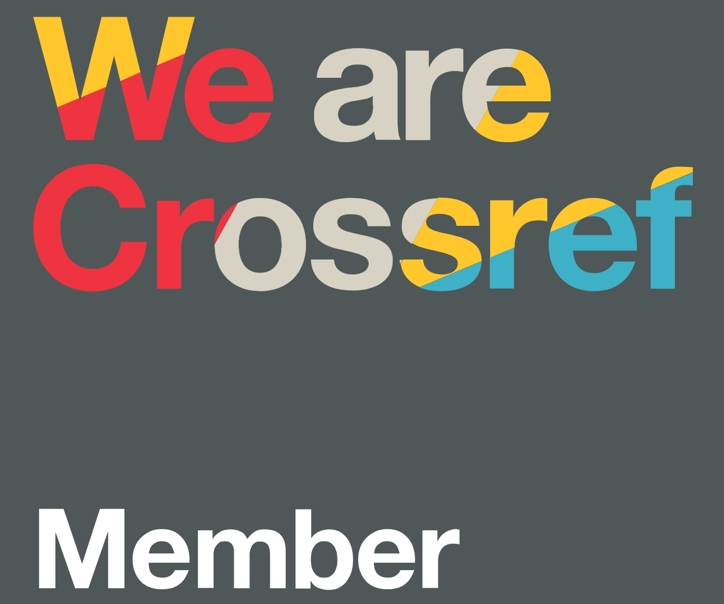Meningkatkan Literasi Media Pada Guru Untuk Menghadapi Tantangan Teknologi Pendidikan
Main Article Content
Aji Syafa'atul Huda
Ade Sabila
Andika Yudistira
Bintang Lani Rosita
Dede Sunarti
Farhan
Teuku Rifai
Di era digital saat ini, teknologi pendidikan memainkan peran penting dalam proses belajar mengajar. Guru sebagai pilar utama dalam pendidikan dihadapkan pada tantangan besar dalam memanfaatkan teknologi secara efektif, salah satunya melalui literasi media. Literasi media yang kuat membantu guru dalam mengakses, menganalisis, dan memproduksi informasi dengan kritis serta efektif. Penelitian ini bertujuan untuk mengidentifikasi cara meningkatkan literasi media di kalangan guru dan memberikan solusi atas tantangan yang mereka hadapi. Dengan menggunakan pendekatan kualitatif, penelitian ini mengkaji beberapa program pelatihan dan dampaknya terhadap pemahaman guru terhadap literasi media dan teknologi pendidikan. Hasil penelitian menunjukkan bahwa pelatihan berbasis praktik dan pendekatan kolaboratif dapat meningkatkan kemampuan guru dalam memanfaatkan teknologi dalam pembelajaran. Penelitian ini juga menyoroti pentingnya kontinuitas pelatihan dan dukungan dari lembaga pendidikan..
Buckingham, D. (2003). Media education: Literacy, learning and contemporary culture. Polity Press.
Ertmer, P. A. (2005). Teacher technology change: How knowledge, confidence, beliefs, and culture intersect. Journal of Research on Technology in Education, 37(3), 257-285.
Greenhow, C., Robelia, B., & Hughes, J. E. (2009). Learning, teaching, and scholarship in a digital age. Educational Researcher, 38(4), 246-259.
Hargittai, E. (2010). Digital inequality: Differences in young adults’ use of the internet. Communication Research, 37(1), 1-23.
Kirschner, P. A., & De Bruyckere, P. (2017). The myths of the digital native and the multitasker. Teaching and Teacher Education, 67, 135-142.
Kolb, D. A. (1984). Experiential learning: Experience as the source of learning and development. Prentice Hall.
McLuhan, M. (1964). Understanding media: The extensions of man. McGraw-Hill.
Anderson, C. A., & Dill, K. E. (2000). Video games and aggressive thoughts, feelings, and behavior in the laboratory and in life. Journal of Personality and Social Psychology, 78(4), 772-790.
Moeller, B. (2011). Literacy in the digital age: A critical perspective. Springer.
Prensky, M. (2001). Digital natives, digital immigrants. On the Horizon, 9(5), 1-6.
Veen, W., & Vrakking, B. (2006). Homo Zappiens: Growing up in a digital age. Innovative Learning, 8(3), 3-9.
Puentedura, R. R. (2013). SAMR: A contextualized model for transformative use of technology in education. Computers in Education Journal, 21(1), 5-21.
Selwyn, N. (2016). Education and technology: Key issues and debates. Continuum.
Livingstone, S. (2012). Critical perspectives on the benefits of the internet for children and young people. OECD.
New London Group. (1996). A pedagogy of multiliteracies: Designing social futures. Harvard Educational Review, 66(1), 60-92.
Siegel, M., & Alvarado, M. (2016). How the media shapes our understanding of the world: The role of media literacy. Journal of Media Literacy Education, 8(1), 13-24.
Ng, W. (2012). Can we teach digital natives digital literacy? Computers & Education, 59(3), 1065-1078.
Cheng, B. H., & Lee, W. (2020). Digital literacy for the future: Implications for education and policy. Journal of Educational Technology Development and Exchange, 13(1), 1-14.
Lee, M. J., & McLoughlin, C. (2010). Teaching and learning in the mobile era. In Mobile learning: Transforming the delivery of education and training (pp. 57-71). Routledge.
Dede, C. (2009). Comparing frameworks for 21st century skills. 21st Century Skills: Rethinking How Students Learn, 1, 51-76.






